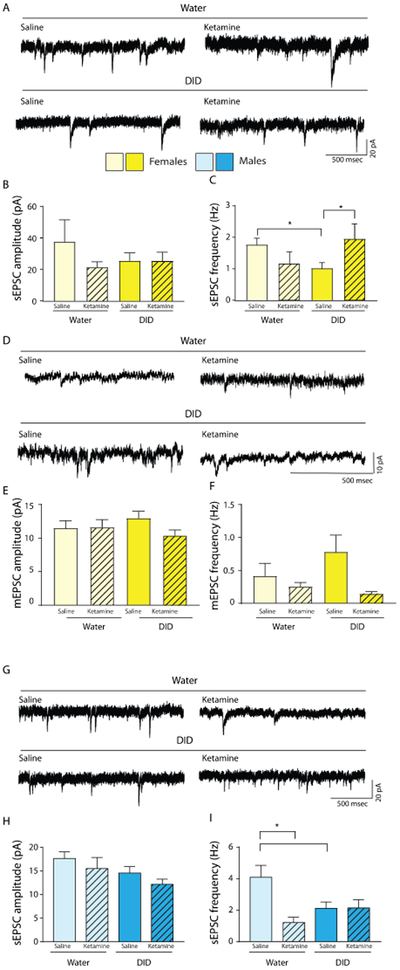Figure 3. Ketamine sex-specifically normalizes defects in glutamatergic synaptic transmission of DID exposed mice.

(A-C). Ketamine rescues DID- induced deficits in glutamatergic transmission in female mice. (A) Representative traces of sEPSCs in the PLC of water or DID exposed female mice, 12 h after either saline or 3 mg/kg ketamine treatment. (B) There were no significant changes in the sEPSC amplitude across groups. (C) There was an interaction between ethanol history and ketamine treatment on sEPSC frequency. DID mice showed a reduced sEPSC frequency vs. water controls. When DID mice treated with ketamine were compared to DID mice treated with water, there was a significant increase in the sEPSC frequency back to levels of water controls. (D-F) Ketamine fails to rescue DID induced deficits in glutamatergic transmission in male mice. (D) Representative traces of mEPSCs in the PLC of water or DID exposed female mice, 12 h after either saline or 3mg/kg ketamine. (E) The mEPSC amplitude was unaltered following DID. (F) mEPSC frequency was altered following DID and ketamine treatment. (F) Ketamine reduced mEPSC frequency in DID- exposed mice only. (G) Representative traces of sEPSCs in the PLC of water or DID exposed male mice, 12 h after either saline or 6 mg/kg ketamine treatment. (H) There were no significant changes in sEPSC amplitude between groups. (I) While DID-exposure reduced the sEPSC frequency comparably to that in female mice, and ketamine reduced sEPSC frequency in water exposed mice, ketamine did not rescue the DID induced sEPSC frequency deficit.
